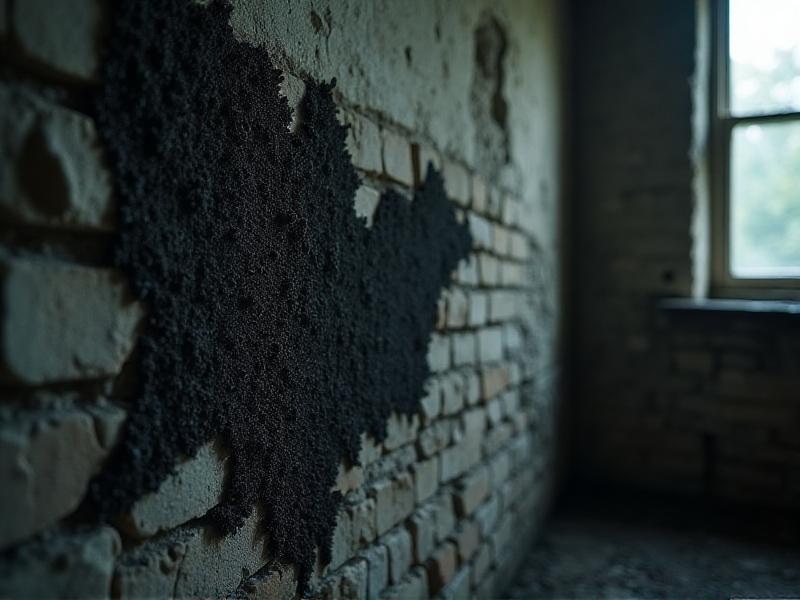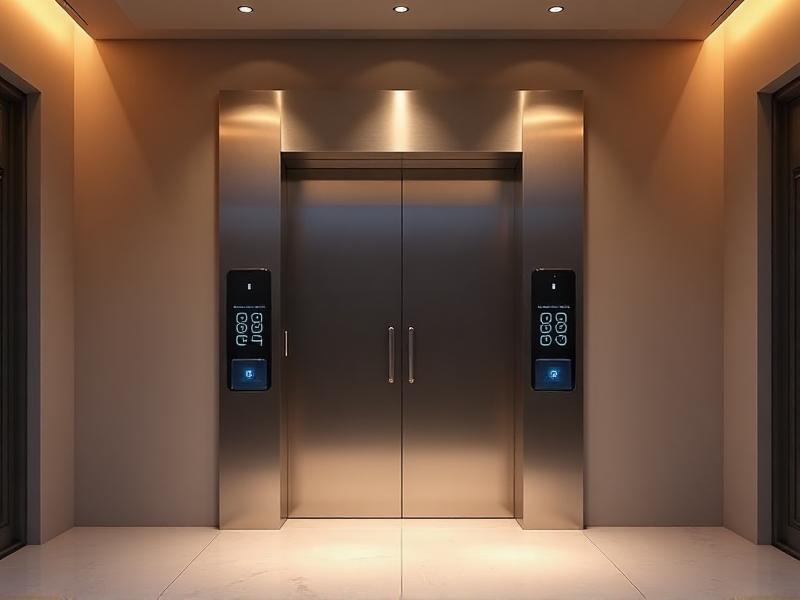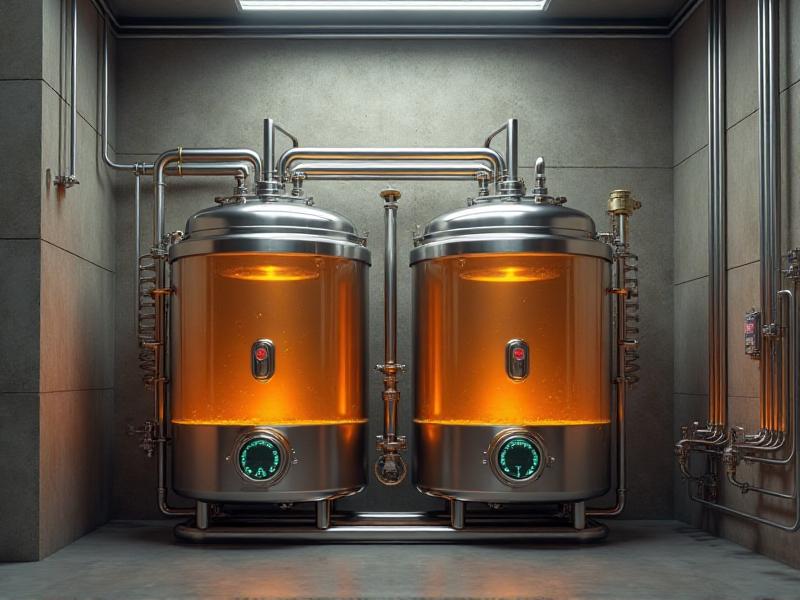Mold Prevention Through Airlock Innovations
Understanding Mold: The Silent Invader
Mold is a type of fungus that thrives in damp, humid environments. It can grow on various surfaces, including walls, ceilings, and even furniture. Mold not only damages property but also poses serious health risks, such as respiratory issues and allergic reactions. Understanding how mold grows and spreads is the first step in preventing its occurrence.

The Role of Airflow in Mold Prevention
Proper airflow is crucial in preventing mold growth. Stagnant air can lead to moisture buildup, creating an ideal environment for mold. Ensuring that air circulates efficiently throughout your home can help keep humidity levels in check. This is where airlock innovations come into play, offering advanced solutions to manage airflow and reduce the risk of mold.

What Are Airlock Systems?
Airlock systems are designed to control the flow of air between different spaces, preventing the exchange of contaminants and moisture. These systems are commonly used in laboratories and cleanrooms but are increasingly being adapted for residential use. By creating a barrier that minimizes air exchange, airlock systems can significantly reduce the risk of mold growth.

Innovative Airlock Technologies for Homes
Recent advancements in airlock technology have made these systems more accessible and effective for home use. Innovations such as smart airlocks, which can be controlled via smartphone apps, and energy-efficient designs that reduce power consumption, are revolutionizing the way we manage indoor air quality. These technologies not only prevent mold but also enhance overall home comfort.
Benefits of Airlock Systems in Mold Prevention
Airlock systems offer numerous benefits in the fight against mold. They help maintain consistent humidity levels, reduce the need for chemical mold inhibitors, and improve indoor air quality. Additionally, these systems can be integrated with existing HVAC systems, providing a comprehensive solution for mold prevention. Investing in an airlock system can save homeowners from costly repairs and health issues in the long run.
Case Studies: Successful Mold Prevention with Airlocks
Several case studies highlight the effectiveness of airlock systems in preventing mold. For instance, a residential complex in a humid climate reported a significant reduction in mold incidents after installing airlock systems. Another example is a historic building that preserved its structure by using airlocks to control moisture levels. These real-world examples demonstrate the practical benefits of airlock innovations.
DIY Tips for Enhancing Airflow and Preventing Mold
While airlock systems offer advanced solutions, there are also simple DIY tips to enhance airflow and prevent mold. Regularly cleaning air vents, using dehumidifiers, and ensuring proper ventilation in high-moisture areas like bathrooms and kitchens can make a significant difference. These measures, combined with airlock systems, provide a robust defense against mold.
Future Trends in Mold Prevention and Airlock Technology
The future of mold prevention lies in continuous innovation. Emerging trends include the development of self-regulating airlock systems that adjust airflow based on real-time humidity data, and the use of sustainable materials that enhance energy efficiency. As technology advances, airlock systems will become even more effective and accessible, offering long-term solutions for mold prevention.








